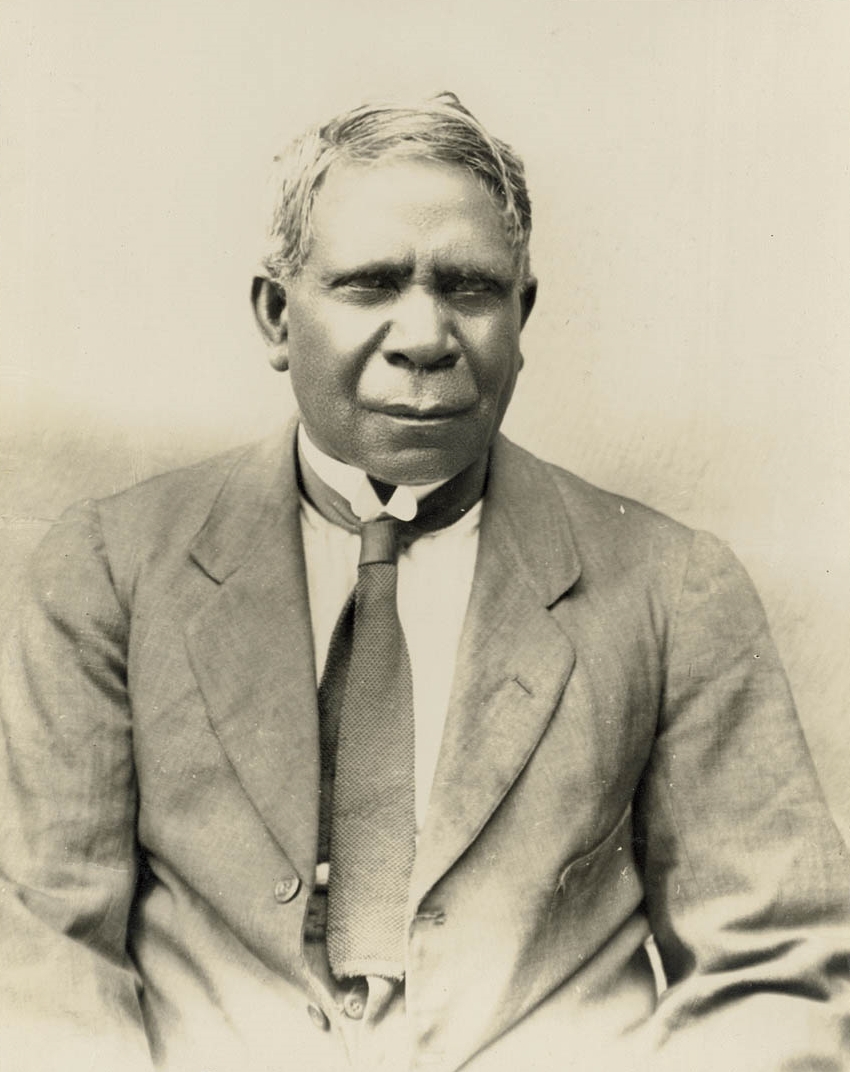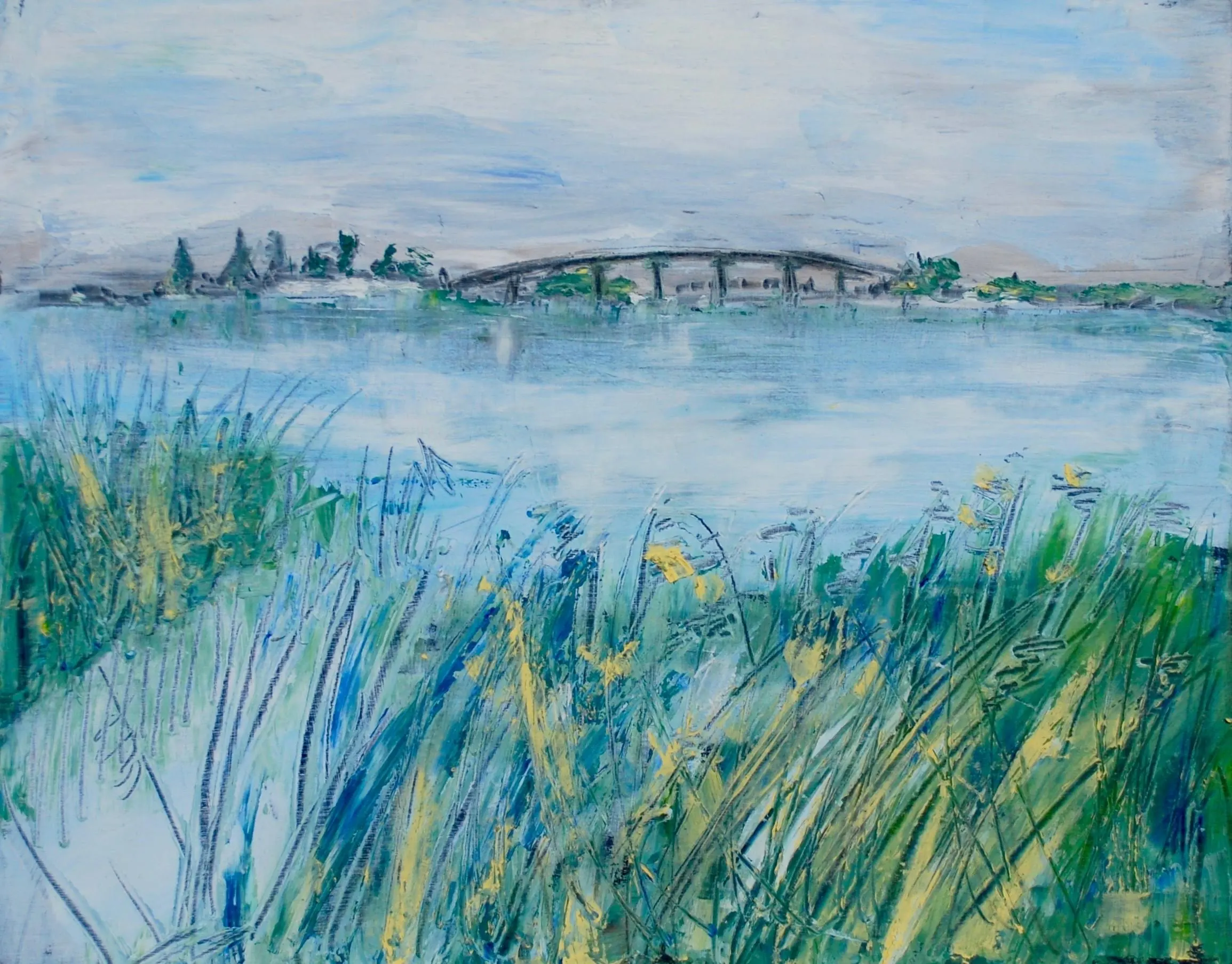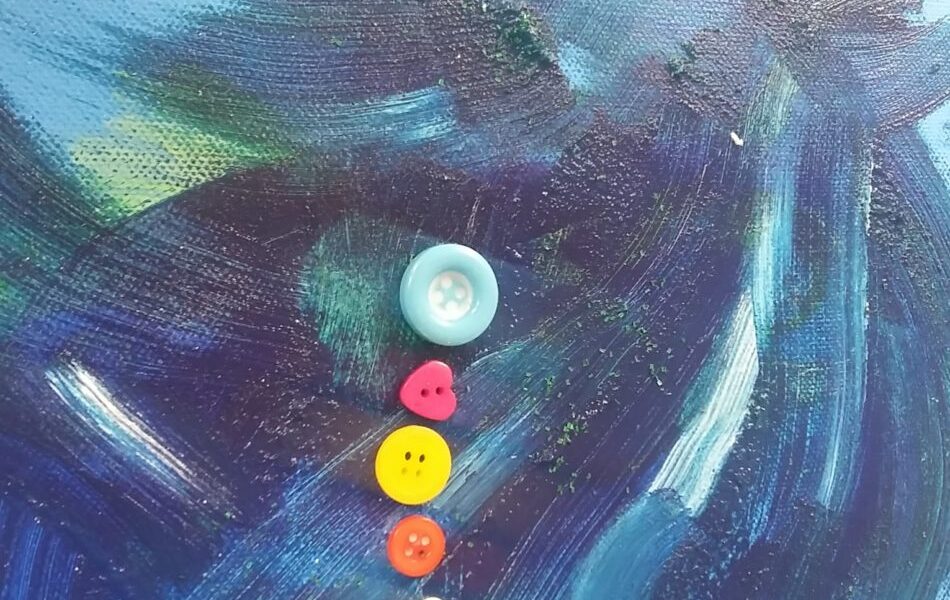
The Ngarrindjeri peoples and places are associated with the lands around the lower Murray River, the Fleurieu Peninsula and the Coorong, South Australia. Since the mid 19th century, they have had a very intriguing engagement with Christianity and generally with white culture through the Point McLeay (Raukkan) Mission. Personally, I came across them during my doctoral studies and, in particular, while I was reading the Legendary Tales of the Australian Aborigines by David Unaipon, the famous Ngarrindjeri depicted on the $50 note and dubbed the Indigenous Leonardo da Vinci of Australia. It is in this book of his that one can read a ‘tale’ by the title ‘Nyampe’.
I wrote once that nyampe denotes any kind of physical bond and, by extension, any kind of intrinsic relationship. This was in an academic article presenting the dialogue that one can find in the poetry of the late Archbishop of Australia Stylianos between the latter’s theology and the hierophanic perspectives of Indigenous Australians. I would like to elaborate my thoughts further and make a case for an Indigenous Orthodox understanding of unity based on the multiple meanings and connotations of nyampe. I believe that such theological explorations, reflections and – why not? – experimentations with Indigenous materials can prove not only fruitful, but also liberating for Orthodox Christians all over the globe.
As mentioned above, the Ngarrindjerri have had their own share in engaging with Christianity – not Orthodoxy, of course – and out of that experience several innovative outcomes emerged as we can see in the case of David Unaipon and his father James Unaipon, the first Indigenous Australian deacon. David’s ‘tale’ on nyampe is in itself a prime example of how an Indigenous person came to reshuffle and reappreciate creatively his own heritage; giving thus some valuable clues as to the ‘how’ and the ‘why’ of such an endeavour. What the ‘how’ basically involves is that one becomes aware of their own spiritual shortcomings, while the ‘why’ amounts to the intention of providing one’s own legacy with a new life and fresh aspirations.

In Search of Our Umbilical Cord
Nyampe is polysemantic: relationship, connection, interdependence, balance, bond, togetherness, are just some of the most important meanings associated with the term. Fundamentally, it refers to the link that exists between something or, better, everything, and the place to which they belong. If I were to use a picture to convey its signification, what would come to mind is place-as-mother, sustaining and giving birth to all the features and aspects of a land. David Unaipon regards it as pivotal with regards to both the self-realisation of Indigenous life-worlds and their understanding by others, and this is precisely the reason he devotes a whole section to it – and one of his most intellectually sophisticated sections, for that matter.
Nyampe is the umbilical cord; the bond that constitutes a matter of life and death. Although the picture of place-as-mother might give the impression of a certain asymmetry between place and person, the collective and the individual, this is misleading, for there is no obvious Indigenous preoccupation with the individual. Basically, there is the collectiveness of place and the collectiveness of people – the latter being expressive of the former – and these two are mutually interactive. The only difference is that the people come and go, whereas place is lasting and abiding. Thus, place-as-mother is the source and people its emanations; as for what Whites call ‘individuality’, that is but the consciousness involved in the nyampe between place and people.
It was already David Unaipon who, starting with a Ngarrindjeri experience, went on generalizing, abstracting and contemplating a sort of transcendental umbrella ideal for the entirety of Indigenous Australia. This was indeed a bold, risky, but also much promising choice and endeavour. And I think that he made this choice and embarked upon this endeavour fully conscious of his nyampe-like – that is, connecting, binding and conciliatory – intervention. At the same time, it is clear that the backdrop to all this was not just his Ngarrindjeri life-order, but also his Christian exposure and influence. And this is where I believe Orthodox theology can come in and build on what started a hundred years ago…

Towards a Ngarrindjeri Orthodoxy
Let’s start with what nyampe can contribute to Orthodoxy in a really creative and urgently needed manner. Given that Orthodoxy has traditionally become loaded with patriarchal preconceptions, it would be refreshing – if anything – to see it engaging in a dialogic with notions that are bearers of femininity, either directly or indirectly. Nyampe is one such notion that can provide the idea of unity with a heightened feminine flavour. Thus, the Church as the place and topos of unity par excellence could be seen as the emblematic embodiment of nyampe. In this regard, Ekklesia, motherhood, nyampe, unity and nurturing could become the building blocks for an alternative Indigenous Australian ecclesiology (teaching about the Church); one open to male – female equality and eco-systemic awareness.
Orthodoxy has in abundance both a theory and a practice of koinonia and synodality. Koinonia is the act and at the time the result of bonding with one another thanks to the grace of the Holy Spirit. In other words, the feminine Ruach ha-Qodesh (Hebrew for 'Holy Spirit'), fits perfectly both the feminine signification and the connectivity connotation of nyampe. By utilising the latter Orthodoxy could re-emphasise the material and bodily aspects of koinonia over against its spiritualistic and many a time intellectualised transmutations that we come across in our tradition. This could also be a good foundation to reinvigorate the understanding of synodality not so much as an abstract principle, but as a real tangible body, making visible and audible – to equally real and tangible bodies – the unity of the Church.
The notions of relationship, balance and interdependence, mentioned above, recall the patristic teaching regarding the divine logoi. This is a very complex and sophisticated teaching, but one of its basic premises is the claim that everything has its place and function within the whole in such a way that it connects and is dependent on something else. All this dia-logical totality is sustained as such by the Great Logos, the creator, the Beginning and the End of the created order. In other words, nyampe seems to lend itself quite tellingly to the reformulation of Orthodox cosmological teaching with layers adding to its already dynamic and integrated character.
When one reads the exposition of David Unaipon, they are left with the impression that he is idealising things with regards to the sacred legacy of his culture. And most probably he is! But that is exactly the whole point with regards to the Dreaming: to make one see the proper state of things. Is this state in time, beyond time or irrelevant to time? Nyampe is a timeless temporality, an Event - as the French philosopher Alain Badiou would say - that just happens. But when it happens, everything falls in place. It is in this connection that nyampe can be brought into dialogue with the Christian Eschaton, the Logos-infused state of the entire creation at the fulness of time. And in this respect, the so plethoric concept of the Ngarrindjeri I have tried to explore might be a quite pertinent tool to reshape the cosmology, ecclesiology and eschatology of the Orthodox Church, so that it may confront and address the spiritual challenges of the future in a more inclusive, comprehensive and sensitive manner.
ABOUT | INSIGHTS INTO GLOBAL ORTHODOXY with Dr Vassilis Adrahtas
"Insights into Global Orthodoxy" is a weekly column that features opinion articles that on the one hand capture the pulse of global Orthodoxy from the perspective of local sensitivities, needs and/or limitations, and on the other hand delve into the local pragmatics and significance of Orthodoxy in light of global trends and prerogatives.
Dr Vassilis Adrahtas holds a PhD in Studies in Religion (USyd) and a PhD in the Sociology of Religion (Panteion). He has taught at several universities in Australia and overseas. Since 2015 he has been teaching ancient Greek Religion and Myth at the University of New South Wales and Islamic Studies at Western Sydney University. He has published ten books. He has extensive experience in the print media as editor-in-chief, and columnist, and for a while he worked as a radio producer. He lives in Sydney, Australia, his birthplace.


